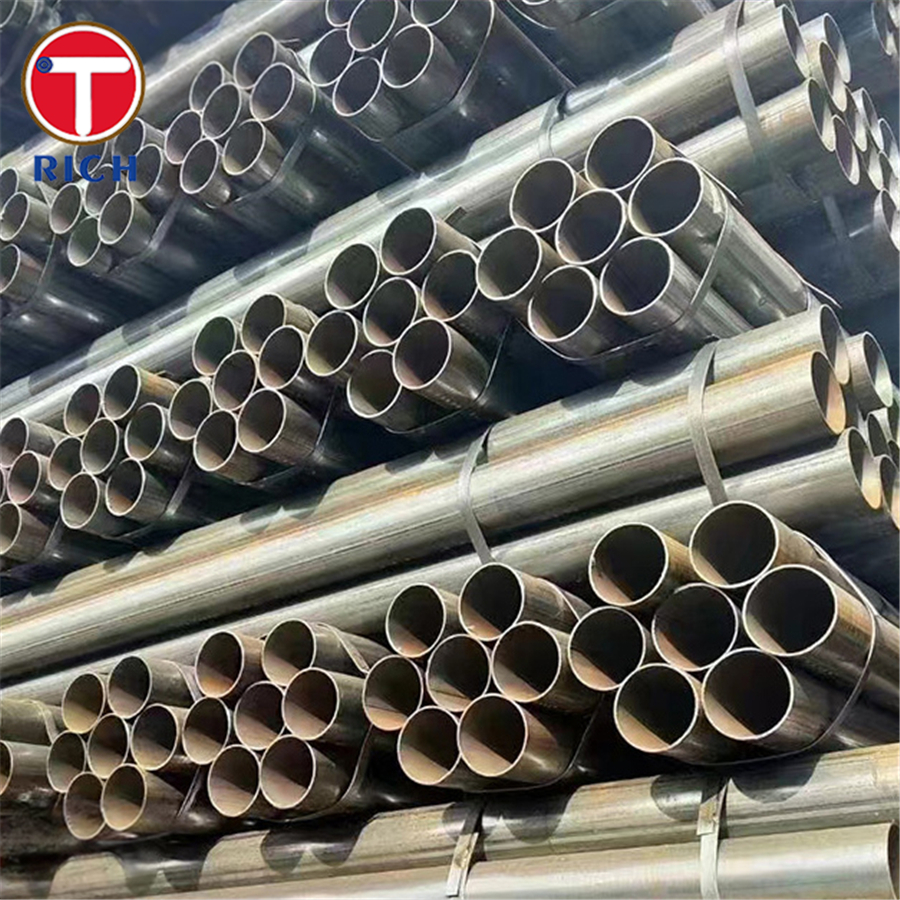
Mr. Richard SHEN
Leave a message
Mr. Richard SHEN
Leave a messageA welded Steel Tube, also known as a welded Steel Pipe, is a cylindrical metal product that is formed by bending and/or shaping a flat steel plate or strip into a circular shape and then welding the edges together. This welding process creates a continuous and strong joint along the length of the tube, making it well-suited for various applications.
Welded steel tubes are widely used in industries such as construction, infrastructure, automotive, manufacturing, and transportation. They are sought after due to their durability, versatility, and cost-effectiveness. Let's explore three important questions regarding welded steel tubes and draw conclusions based on the answers.
Welded steel tubes are manufactured using different methods, but the most common approaches include:
Welded steel tubes offer several advantages that make them favorable for various applications:
While welded steel tubes have numerous benefits, they also come with certain limitations:


Privacy statement: Your privacy is very important to Us. Our company promises not to disclose your personal information to any external company with out your explicit permission.

Fill in more information so that we can get in touch with you faster
Privacy statement: Your privacy is very important to Us. Our company promises not to disclose your personal information to any external company with out your explicit permission.